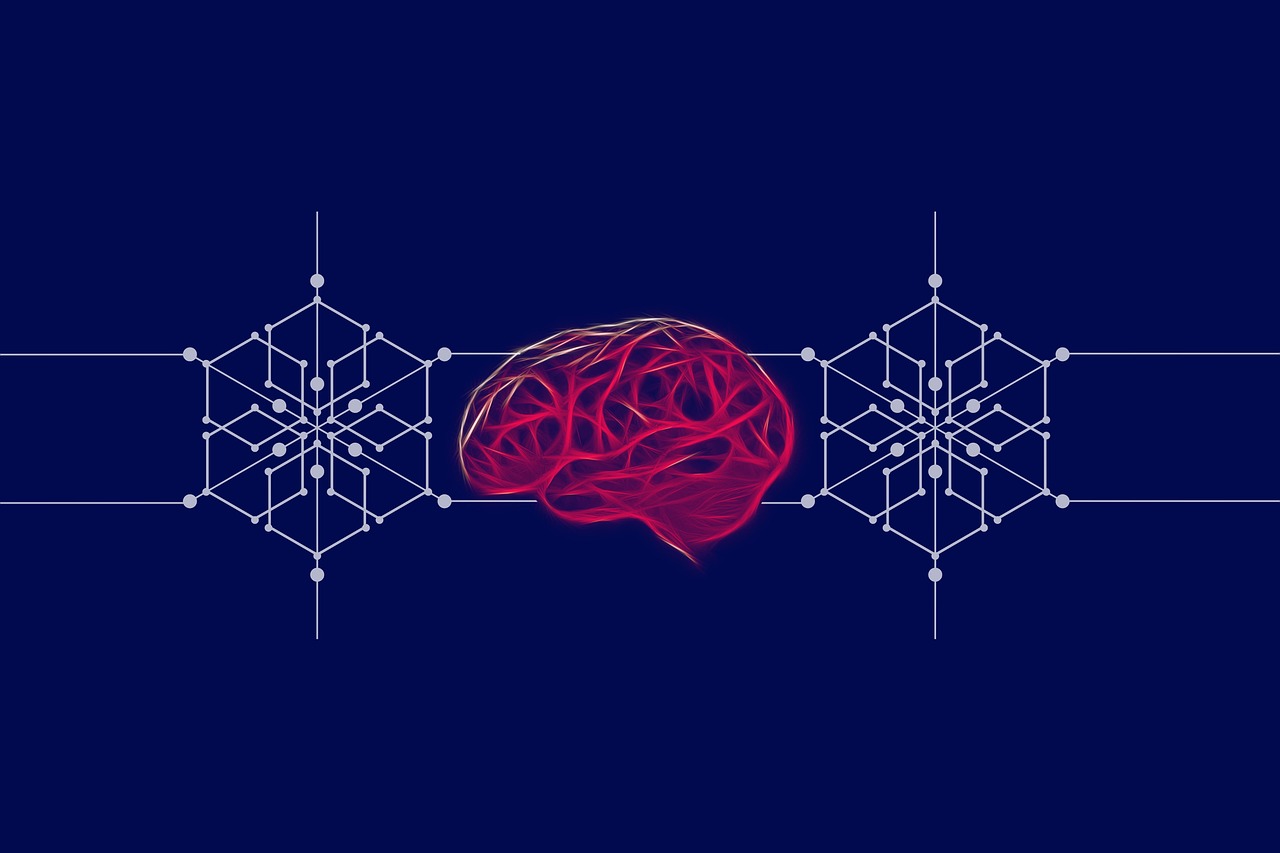What do you think makes a good decision? Is it analyzing all available information, trusting your instincts, or maybe a bit of both? In the realm of data science, the process of making decisions resonates at the core of how models interpret data and predict outcomes. Two powerful techniques that help us define these decision-making processes are Decision Trees and Random Forests. Let’s take a closer look at both of these concepts to understand how they work and when to use them effectively.

Understanding Decision Trees
What Is a Decision Tree?
A Decision Tree is a predictive model that maps observations about data points to conclusions about their target value. Visually, it resembled a tree structure where each node represents a feature (attribute), each branch indicates a decision rule, and each leaf node represents a conclusion. It’s like a flowchart that guides you to the right decision based on cumulative information.
You can think of a Decision Tree as a series of questions that lead to specific outcomes. For example, if you’re trying to decide whether to play outside based on the weather, your first question might be, “Is it raining?” Depending on the answer, you follow a different branch that leads you to your final decision.
How Do Decision Trees Work?
At its core, a Decision Tree splits the data into subsets based on the value of input features. Here’s a simplified step-by-step breakdown of the process:
-
Selecting the Best Feature to Split: Algorithms like Gini impurity or information gain are used to decide which feature will give the best separation of classes in the data.
-
Creating Branches: Once the best feature is found, branches are created based on the values of that feature, leading to more questions.
-
Recursive Splitting: This process continues recursively, creating new nodes and branches until a stopping criterion is reached—such as a maximum depth or a minimum number of samples in a node.
-
Making Predictions: Finally, predictions are made by following the branches of the tree based on new input data and reaching a leaf node that contains the predicted outcome.
Advantages of Decision Trees
-
Easy to Interpret: One of the greatest strengths of Decision Trees lies in their interpretability. You can visualize how decisions are made, making it easier for stakeholders to understand.
-
Requires Little Data Preparation: Decision Trees can handle both numerical and categorical data and do not require scaling.
-
Exploits Non-linear Relationships: These trees can model complex relationships in data, which linear models may miss.
Disadvantages of Decision Trees
-
Overfitting: One of the most significant challenges with Decision Trees is their tendency to overfit. This happens when a model learns not only the underlying pattern but also the noise in the training data.
-
Instability: Small changes in the data can lead to very different tree structures, which makes Decision Trees somewhat unreliable.
-
Bias towards Dominant Classes: In cases of imbalanced datasets, Decision Trees may be biased towards the more frequent class.
Introduction to Random Forests
What Is a Random Forest?
A Random Forest is an ensemble learning method that combines the predictions of multiple Decision Trees to improve the overall accuracy and robustness of predictions. Think of it as a committee of Decision Trees that votes to reach a final decision.
The idea is simple but powerful—by averaging the results across many trees, you reduce the risk of overfitting and create a more stable model.
How Do Random Forests Work?
-
Bootstrapping: Random Forests employ a technique called bootstrapping, which involves sampling subsets of the original dataset with replacement to train multiple trees.
-
Feature Randomness: At each split in the trees, only a random subset of the features is considered for splitting, which enhances the diversity among trees.
-
Building Multiple Decision Trees: Each tree is constructed independently. After all trees are built, they collaborate to make predictions through voting (in classification) or averaging (in regression).
-
Final Prediction: The collective output of all trees is what you end up with, resulting in a more balanced and accurate prediction.
Advantages of Random Forests
-
High Accuracy: By aggregating multiple trees, Random Forests often achieve higher accuracy than single Decision Trees.
-
Reduced Overfitting: The combination of multiple models minimizes the chance of overfitting, making it a more reliable choice.
-
Handles Missing Values: Random Forests can handle missing data well, making them adaptable to various scenarios.
-
Feature Importance: You can evaluate the importance of different features in predicting outcomes, which can guide further analysis.
Disadvantages of Random Forests
-
Complexity: While Random Forests are powerful, they can lack the interpretability of Decision Trees. It’s often challenging to understand how the final decision was made.
-
Resource-Intensive: Training a large number of trees requires more computational power and memory, which might not be feasible for all users.
-
Longer Training Time: Compared to a single Decision Tree, Random Forests have longer training times due to the multiple models they build.
When to Use Decision Trees vs. Random Forests
Choosing the Right Approach
Now that you have a grasp on both Decision Trees and Random Forests, you might wonder, “Which one should I use?” Here are some guidelines to help you decide:
-
Interpretability Needs: If you need clear explanations for your decisions, Decision Trees could be your best bet. On the other hand, if performance is your priority and interpretability is less critical, Random Forests might serve you better.
-
Data Size and Quality: For smaller datasets or when there’s a risk of overfitting, a Decision Tree might be more appropriate. For larger, complex datasets, Random Forests can provide more robust results.
-
Type of Problem: Do you require fast predictions? Decision Trees tend to be faster. However, if you’re looking for accuracy, then investing time in a Random Forest is worthwhile.
Decision Tree vs. Random Forest: A Quick Comparison
| Feature | Decision Trees | Random Forests |
|---|---|---|
| Ease of Interpretation | Very High | Moderate (less interpretable) |
| Risk of Overfitting | High | Low |
| Training Speed | Fast | Slower |
| Prediction Speed | Fast | Moderate |
| Handling Non-linear Relationships | Moderate | High |
| Feature Importance | Less clear | Clear |
Practical Applications
Real-Life Use Cases for Decision Trees
-
Healthcare: Decision Trees can help in predicting patient outcomes based on various health metrics. For example, determining whether a patient is likely to develop diabetes based on factors such as age, weight, and family history.
-
Finance: In the finance sector, Decision Trees can assist in credit scoring by analyzing different borrower characteristics.
-
Marketing: They can be utilized to predict customer segments based on past purchasing behavior, allowing companies to tailor their marketing strategies.
Real-Life Use Cases for Random Forests
-
E-Commerce: Random Forests can predict customer buying behavior based on hundreds of features, enhancing recommendation systems.
-
Fraud Detection: In banking, it can help identify fraudulent transactions by examining transaction patterns while considering many features.
-
Predictive Maintenance: It’s used in manufacturing to predict when machinery is likely to fail based on historical usage data and maintenance records.

Best Practices for Implementation
Tips for Using Decision Trees
-
Pruning: To avoid overfitting, consider pruning your Decision Tree post-training, which means removing branches that have little importance in prediction.
-
Setting Parameters: Define the maximum depth and the minimum number of samples per leaf to control the complexity of your tree.
-
Data Preparation: While Decision Trees require little preparation, taking care to preprocess your data—especially handling missing values—can improve model performance.
Tips for Using Random Forests
-
Hyperparameter Tuning: Experiment with different numbers of trees and the maximum number of features used at each split to find the optimal configuration.
-
Use Feature Importance Scores: Leverage the importance scores from the Random Forest to perhaps reduce the number of features used, simplifying your model while retaining accuracy.
-
Cross-Validation: Implement k-fold cross-validation when training to ensure the robustness of your model against overfitting.
Conclusion
In the world of data science, Decision Trees and Random Forests stand out as essential tools for predictive analytics and decision-making processes. While they serve different use cases and offer unique advantages, knowing how to leverage them effectively can make a significant difference in the quality of your predictions. So, whether you’re diving into healthcare analytics or enhancing customer insights in retail, understanding these models is key to making smarter, data-driven decisions.
As you embark on your data science journey, being equipped with the knowledge of these techniques will undoubtedly empower you to make informed choices and enable you to communicate your findings effectively. How will you apply Decision Trees or Random Forests in your next project?

